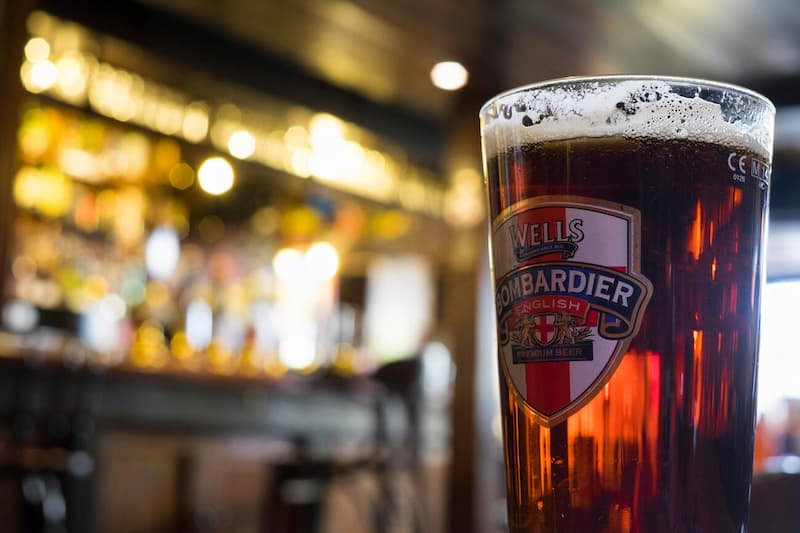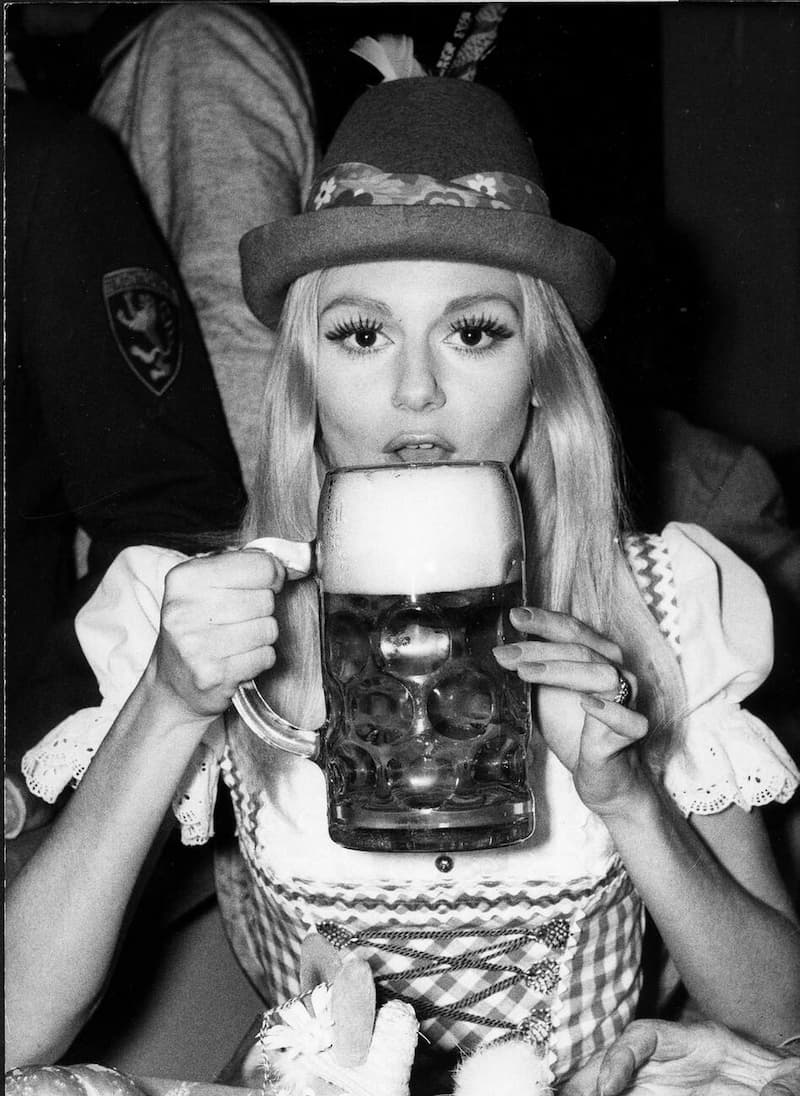Beer in the United Kingdom is not merely a beverage—it is an institution, a cornerstone of social life, and a symbol of centuries-old tradition. From the iconic real ales to modern lagers, from cozy countryside pubs to bustling city taverns, the culture of drinking beer in Britain is deeply woven into the fabric of daily life. This article explores the unique styles of beer, the customs of pub life, and the timeless rituals that define the British way of enjoying a pint.
1. Beer Styles and Popular Choices
Real Ale (Cask Ale)
One of the most iconic features of British beer culture is Real Ale, also known as cask ale. This style of beer undergoes secondary fermentation in the cask from which it is served, making it a living product that requires careful handling.
- Serving style: Real Ale is traditionally served at cellar temperature (around 11–13°C) without added carbon dioxide. Instead, bartenders use a hand pump (also called a handpull) to draw the beer.
- Taste profile: Smooth, low in fizz, and rich in malty or hoppy flavors, depending on the recipe.
- Types of Real Ale:
- Bitter: Characterized by a dry, hoppy bitterness.
- Mild: Lighter in alcohol and flavor, smooth and easy to drink.
- Porter and Stout: Dark beers with roasted, chocolate, or coffee notes.

Real Ale is considered an art form in Britain, and the skill of the publican (pub landlord) is essential to ensuring quality.
Lager
While Real Ale represents heritage, lager is the most widely consumed beer style in the UK today.
- Serving style: Brewed and conditioned at cold temperatures, served chilled with more carbonation, typically from pressurized taps.
- Taste profile: Crisp, refreshing, and easy to drink—popular among younger drinkers and those who prefer lighter flavors.
Other Popular Drinks in Pubs
- IPA (India Pale Ale): Known for its pronounced hop bitterness and floral aromas. Originally brewed in Britain for export to India, IPA has since become a global phenomenon.
- Cider: Especially in the West Country, cider (fermented apple juice) rivals beer in popularity. It comes in a variety of styles, from sweet to dry, still to sparkling.
2. The Pub: More Than Just a Bar

The public house, or pub, is at the heart of British social culture. Pubs are often described as a “third place” after home and work—spaces where community bonds are built and sustained.
“Going to the Local”
Most Britons have a favorite pub close to home, often referred to as “the local.” It’s not only where people go to drink, but also where they socialize with friends, family, and neighbors.
The Tradition of “Rounds”
One of the strongest customs in pub culture is buying drinks in rounds. Each member of a group takes a turn buying a round of drinks for everyone else. Refusing to participate or leaving before it’s your turn is generally frowned upon, as the practice is seen as a gesture of fairness and camaraderie.
Ordering at the Bar
Unlike restaurants, table service in pubs is rare. Guests are expected to go to the bar to order their drinks and food. This creates opportunities for casual conversations with bartenders and even strangers at the bar, reinforcing the social atmosphere.
Conversation and Community
Striking up conversations in pubs is normal—even with strangers. Discussions about the weather, football, or daily life are common icebreakers. Pubs have long been viewed as democratic spaces, welcoming people of all backgrounds.
Last Orders
Before closing time, bartenders ring a bell or call out “Last orders, please!” signaling that customers have only a few minutes to buy their final drinks. After this, they typically have around 20 minutes to finish before the pub closes.
Pints and Half-Pints
Beer in the UK is traditionally measured in pints (568ml), though smaller half-pints are equally accepted. Ordering a half-pint is common when sampling different styles of beer or for lighter drinking.
Pub Grub
Food in pubs—affectionately called pub grub—is an essential part of the experience. Classics include:
- Fish and chips
- Pie and mash
- Ploughman’s lunch (bread, cheese, and pickle)
Today, many pubs also serve more modern or international dishes, but the classics remain firm favorites.
Conclusion
Beer culture in the United Kingdom is about much more than what’s in the glass. It is about the traditions of Real Ale, the refreshment of lager, the stories told over pints, and the rituals that have bonded communities for generations. From the handpump at the bar to the ringing of the “last orders” bell, every detail is part of a cultural heritage that continues to thrive.
In the UK, to drink beer is to take part in history—to share in the rhythms of everyday life, the warmth of community, and the enduring legacy of the great British pub.
